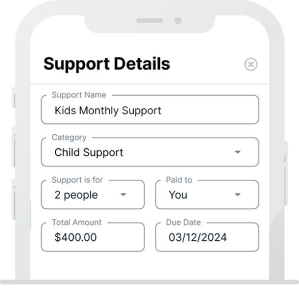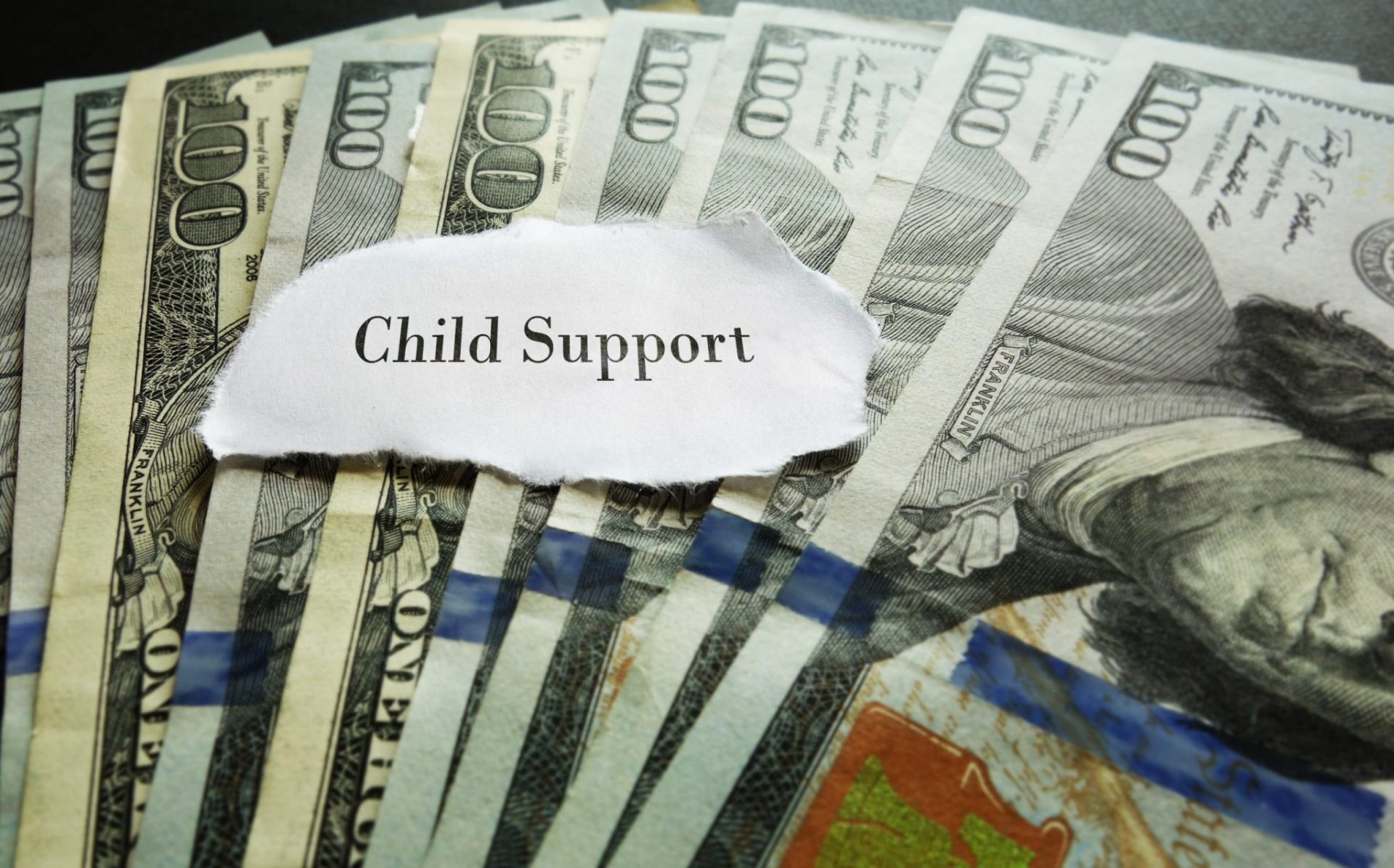Maybe it was by amicable agreement, or perhaps you had to go before a Judge, but now you have an order for child support. Parents often don’t know where to go from here. The fact of the matter is that It’s completely up to the parents to decide how they want to enforce the order. A lot depends on how cooperative the co-parents are, but regardless, parents need to figure out how to keep track of two different types of support: 1. The child support payments that were ordered from one parent to the other; 2. The shared ongoing expenses that both parents are responsible for, such as medical care, educational expenses, etc.
How to collect
In California, there are two ways you can collect child support payments. The first, and preferred way for amicable parents, is to pay the other parent directly and on time. The typical order is for monthly payments. In this case, the owing parent could write a check to the other parent each month or start an auto-transfer via bank accounts. The key here is to always pay through a method that gives you an indisputable record of what payments were made. This way, if there’s ever a dispute, a Judge can easily see evidence of the payments. A tracking service like Support Pay is the perfect solution for child support payments, as it creates an evidence trail if parents ever need to present their case to a Judge.
The second way to collect support in California is to open up a case with your local state agency, DCSS (Department of Child Support Services). This method is most useful if you doubt the other parent will reliably make payments. Either parent can open up a case with DCSS, who can enforce the order through wage garnishment, bank levies, or even tax levies. They also track any “arrears” if the paying parent falls behind. However, DCSS does not automatically keep track of bonuses, overtime, or other sources of income that may affect monies owed.
It can get tricky
While it may seem like a convenient idea to get the state involved, and there are many situations when it is a good idea, sometimes it adds unexpected difficulties. Once a case is opened, you now have a state agency monitoring everything, and sometimes they make mistakes, especially if the parents are agreeing to alternate arrangements outside of DCSS and the court purview. For example, you couldn’t easily write a check directly to the other parent to make up missed payments without alerting DCSS. Everything must be tracked through them, often times causing confusion, double payments (if not tracked clearly between each other), miscalculations, and delays in processing times when parents have a change in income. At worst, DCSS can hold you in contempt of court and even impose jail time. If possible, introducing a solution like Support Pay, where parents are in charge of tracking, removes the necessity of involving another party to an already complex situation.
A technological solution
We have covered how to collect base child support payments, but there’s still the added complexity of requesting and receiving reimbursement for add-on child support expenses, like medical costs and education expenses. These are not tracked automatically through a state agency, so regardless of which method you collect child support, it will always be smart to use a technological solution, like SupportPay, to track requests and reimbursements. In California, there are many requirements imposed on both parties to make sure payments are properly requested and paid. For example, the parent who incurred the expense (let’s say a $100 medical co-pay) must provide the other parent an itemized statement of the charges, with proof of payment, within 30 days of incurring the expense. The owing parent then has 30 days to reimburse $50, representing their one-half obligation. The owing parent should always keep in mind to reimburse the expense in such a manner that proof of payment is easily tracked.
SupportPay Can Help
For most children, parents are frequently swapping requests and reimbursements for shared “add-on” expenses, such as for extra-curricular activities, private school, emergency medical care, or any other expenses the parents agreed to split in their court order. SupportPay keeps track of the timing of requests, the timing of reimbursements, and all the other components that are required for an expense to be “valid”. Courts want to prevent a situation, for example, where one parent saves up months of expenses and presents them to the other parent in one lump sum, asking for immediate payment. SupportPay can prevent parents from becoming frustrated with each other, and easily resolve money disputes, so that the focus can be on the children and their needs.









